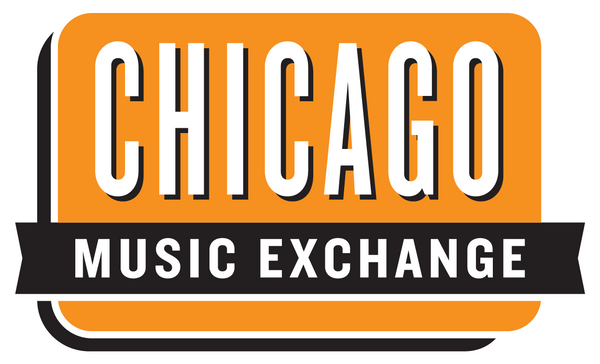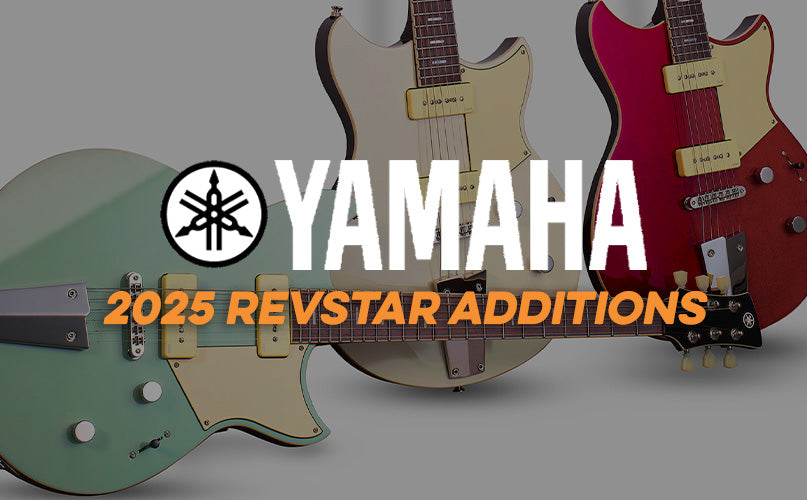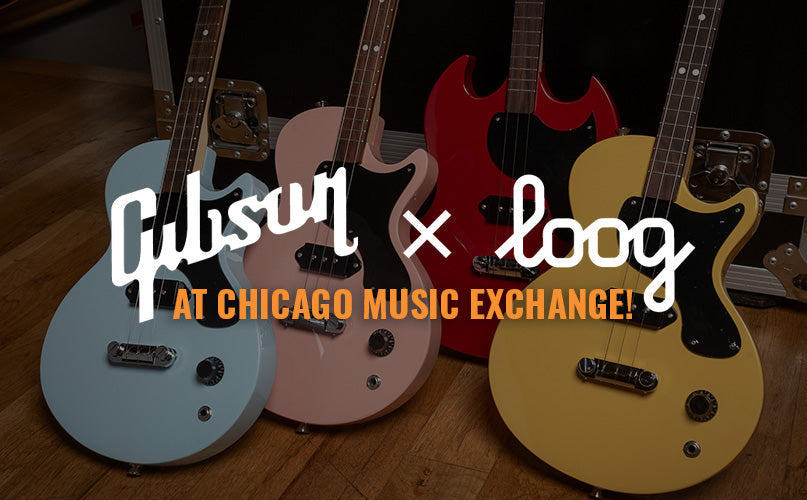INSIDE: PRS GUITARS
PRS Guitars began simply. Paul Reed Smith wanted to learn how to build guitars. He did, and he didn’t stop until they were in players’ hands all over the world. What started in a haunted Maryland garret grew to fill an Annapolis factory, and then a Stevensville facility, employing about 365 people, producing internationally-renowned instruments that are a fixture of the industry, and counting players from John Mayer and Alex Lifeson to Carlos Santana as members of the PRS family.
We asked Paul Reed Smith about his journey from after school repairman to industry leader. What we got was characteristically deep insight on the importance of art, innovation, and creative communication.
“...Listen, and never stop looking backward and forward.”

Q&A with Paul Reed Smith
What is PRS?
PRS is a musical instrument company building electric guitars, acoustic guitars, amplifiers, and accessories. Its origins are in handmade electric guitars for rock stars and great musicians. We still see ourselves as a company building instruments and amplifiers for musicians and enthusiasts.
Who is PRS?
Well, there are about 365 people here now. Bigger than it was when we started. Bigger than it was even three years ago.
How did you get started building guitars? // When and how did PRS begin?
The company officially started in 1985, but there was a long road up to that point that answers the “how” part of your question. Depending on how far back you want to turn the Delorean knob, you could start with the fact that my mother and father had me growing up in a musical household.
You could start with my mother bringing home Beatles records and my brother bringing home Are You Experienced? by Jimi Hendrix. You could start with my after-school job as a guitar repairman. That is where I learned so much about the problems guitars and guitar players have – more on that later. You could start with the first guitar I built in college for extra credit. Or, you could start with me dropping out of college to become a guitar maker. You could start when I traveled up and down the east coast with my first two “PRS” guitars, soliciting orders that led to the investors needed to start the business.
Or you could go to that moment in 1985 when we had the investors, we had the experience to tell us what players needed, we had the people to get us going, and we went to our first NAMM tradeshow and presented our guitars to the world. But no matter when you or I, or history, think of as “the beginning,” there have been so many learning experiences along the way that I cannot ignore the fact that we are still evolving. There’s no beginning, middle, or end for PRS yet.
What inspired you to begin and what inspires you to continue?
It’s always music first and guitar playing and guitar making second. As I played, made guitars, and immersed myself in the music scene around me, a fire lit that still burns today.
How would you describe a PRS guitar to someone new to the brand?
If you’re talking about a PRS SE, you’re talking about hopefully the best guitar you can buy for the money. If you’re talking about Private Stock, you’re talking about heirloom level instruments. But, for someone new to the brand, I would say look for the bird inlays.

How is a PRS guitar constructed from start to finish?
There’s a very complicated answer to that question that I don’t think we have time to get into here. There’s Private Stock, Core, Bolt-On, S2, SE – we make amps, acoustics, and accessories too now – and the exact construction doesn’t necessarily translate across all lines. What I can say is that we are doing everything we know to solve problems players run into with guitars, amps, and accessories at every level – I gained a great deal of knowledge as a repairman. I found out where things broke, where things worked, and where important connections were made. From all of that, we (PRS) know it starts with the wood at its source, using the right species, drying the wood to the correct level, and every step after that…it’s all cumulative.
We’re working hard to keep the reputation of “out-of-the-box” quality as we grow. As a truncated version, a well-thought-through design, a well-thought-through manufacturing plan including the jigs fixtures and machinery, and well-thought-through parts designs so that the end result is greater than the sum of the parts allow you to reach the goal of the product. For a more in-depth look at the making of PRS guitars, check out factory videos of the PRS shop in Maryland and one of the PRS SE factories Indonesia.


What components, designs, techniques etc. make PRS guitars unique?
We recently released a model where every single part of the guitar except for the screws were redesigned and retooled. When you ask physically what makes PRS, it’s many things. It’s how it’s balanced, how it plays, how it’s controlled, and how it sounds. The details of all of that is our art form.
How long does it take to make a PRS guitar from start to finish?
Again, it depends on whether we’re talking about a one-of-a-kind Private Stock or an SE Series guitar. If we’re starting from cut and dried wood (and a fairly “standard model”), the neck alone takes about six weeks. The body up to 9 weeks to dry and two days to cut and build. The Finish Hall gets even more complicated. Straight through, guitars can take four days to three weeks through this part of the factory. The important thing is that we move fast enough to keep guitars fulfilling our orders but conscious enough to never sacrifice on quality. To that end, we never compromise wood drying times.
What inspires your creative process?
My creative process is fueled by the interaction between everybody in the building and the interaction between us and our artists, dealers, and distributors. Everything is part of one big feedback loop. You just have to listen and never stop looking backward and forward.
What is the spirit of PRS?
I believe a lot of people here like being a part of turning nothing into something. It’s kind of the American Dream. We get to, as a team, build products that have an impact on the world.
What is PRS’s mission?
Our mission is to always be the best value for the money while building great tools to make music.
Where does PRS go from here?
Oh, baby. You’ll have to wait and see. What I can tell you is that we’re growing.
Any idea that guitars are “on their way out” or dying – I’m sorry, but that’s just not my belief system. All my experiences tell me otherwise.

Is there anything else you’d like for our customers to know about PRS?
We had an artist here today, and he had real needs about getting his sound out of one of our instruments. Literally, three departments were working together, and we were able to modify a prototype in a three-hour period of time, and he is so much happier now. We like making people who make music happy with their gear.

To experience Paul’s vision is to take a look into the future, no Delorian required. Click and shop our complete collection of PRS Guitars to gun it to 88mph.
SHOP PRS GUITARS
Related Posts
Rock N Roll Relics | Club Series Revenge
Discover the Rock N Roll Relics Club Series at Chicago Music Exchange. California-made pickups, vintage-inspired humbuckers, and stage-ready tone—now at an accessible price. Shop online or visit our Lincoln Avenue...
Read moreYamaha Guitars | 2025 Revstar Additions
Rev up your engines—the Yamaha Revstar Standard RSS20 and RSS02T have arrived at Chicago Music Exchange, bringing performance-minded design, expanded versatility, and unmistakable style to Yamaha’s modern electric guitar lineup....
Read moreGibson x Loog Guitars at Chicago Music Exchange
Meet the Gibson x Loog Collection—where legendary tone meets beginner-friendly design. These three-string guitars are made to empower kids to start playing right away, with simplified learning, top-tier sound, and...
Read more


